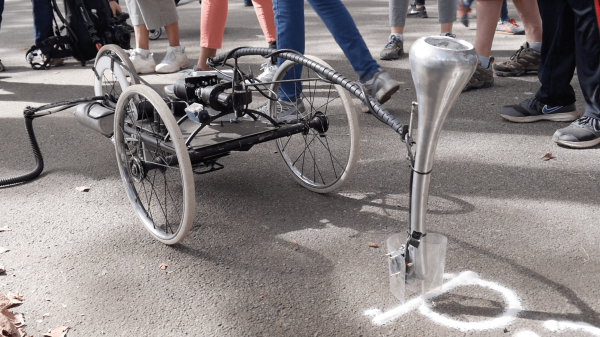Half-way around the world, a couple in Peru is harnessing the power of guinea pig poop, to generate methane for their farm. We couldn’t make that up if we tried.
The couple are a pair of retired plant physiology professors who have taken to running a sustainable agriculture program in their very own villa called Casa Blanca. It’s a beautiful set of gardens complete with a lab for research. But the most curious thing is the thousand guinea pigs they raise. They have a special shed for them with small compartments separated by brickwork. The guinea pigs eat specialized plant waste, and in turn, produce an astonishing 3 tonnes of fecal matter per month.
They use around 200kg of the excrement to power their very own bio-digester which in turn produces 3 cubic meters of methane per day which they use for powering their villa. The rest of it is used for fertilizer that they sell to local farms.




 You’ll want to check out the video below to see the electronic base very nonchalantly striking the bottom of the handbell. It makes a nice ring and brings a smile to your face at how clever [Iam5volt] was with the fabrication. There aren’t any hints available on that video, but we searched around and found
You’ll want to check out the video below to see the electronic base very nonchalantly striking the bottom of the handbell. It makes a nice ring and brings a smile to your face at how clever [Iam5volt] was with the fabrication. There aren’t any hints available on that video, but we searched around and found 
 The creator was asked to perform poems for a festival about transition and letting go. Naturally, building a robot to write poetry in sand was the downright obvious answer to the question.
The creator was asked to perform poems for a festival about transition and letting go. Naturally, building a robot to write poetry in sand was the downright obvious answer to the question.











